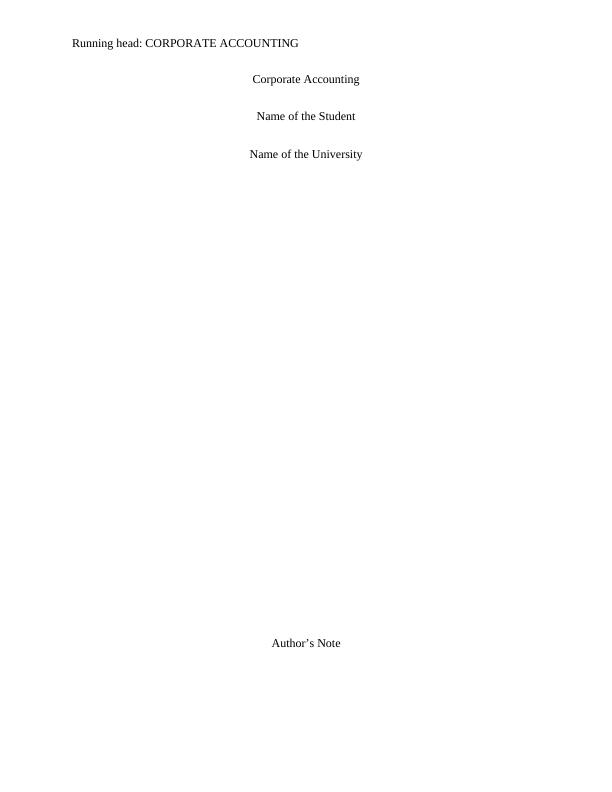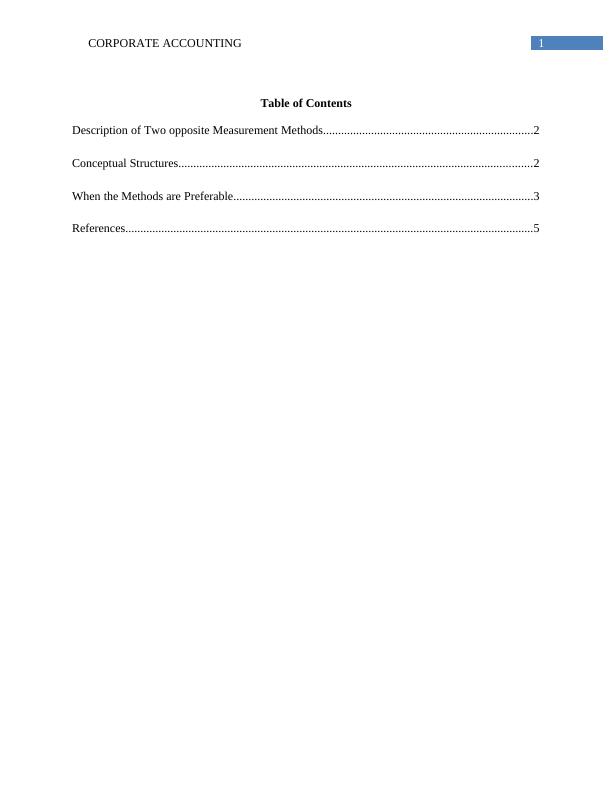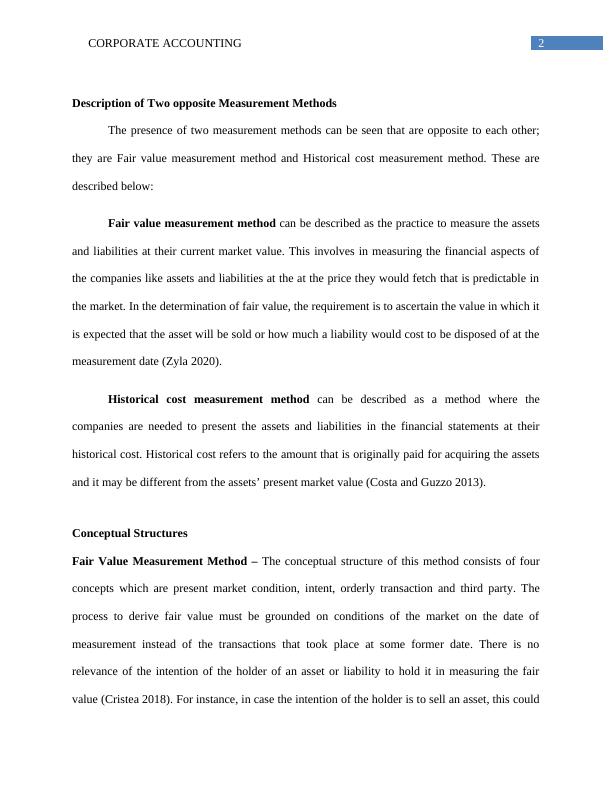Theoretical Framework For Judgement In Financial Crisis
6 Pages1078 Words30 Views
Added on 2022-09-07
Theoretical Framework For Judgement In Financial Crisis
Added on 2022-09-07
ShareRelated Documents
End of preview
Want to access all the pages? Upload your documents or become a member.
Fair Value Accounting: Pros and Cons
|10
|2558
|35
Advance Financial Accounting: Doc
|15
|4124
|34
Fair Value Accounting and Impairment Loss
|13
|2757
|96
Fair Value Measurement and Historical Cost Method in Accounting Standards
|3
|650
|189
ACCT19061 Advanced Financial Accounting (AFA)
|16
|4308
|76
Current development in accounting thought Report 2022
|9
|1191
|27



